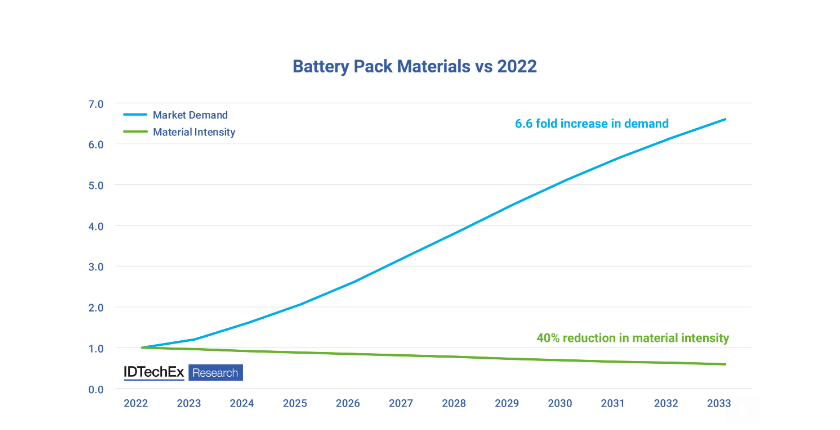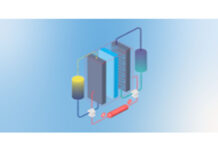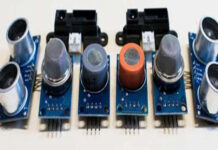Energy density of EV batteries continues to increase, but the innovation is not just limited to the battery cells. Much of the improvement is also coming from how the cells are packaged together. In general, this means that the materials being used throughout the pack are decreasing in quantity. As material suppliers look to take advantage of the rapidly growing EV market, what are some of the opportunities to be had while material intensity continues to decrease?
IDTechEx has recently published a new report, “Materials for Electric Vehicle Battery Cells and Packs 2023-2033”, that dives into the material demands historically and for the future, considering 16 material categories within the cells and 11 for packaging.
Since 2015, the intensity of materials in the pack (excluding the cells) has decreased by over 50% on a per kWh basis. This is part of the reason that LFP batteries are re-entering the market in a big way. The lower energy density of LFP is somewhat offset by the greater packaging efficiency that OEMs and battery manufacturers are able to achieve. A prime example of this is BYD’s Blade battery, where the very long form factor Blade LFP cells span the width of the pack and are directly stacked together in a cell-to-pack design. This approach greatly improves the cell-to-pack ratio, for BYD specifically, from approximately 40% to 60% (volumetrically).
Despite this decreasing material intensity per vehicle, there are several materials that will remain as they provide core functionality to the pack. With the rapidly growing EV market, the demand for these will continue to grow despite the decrease in utilization per vehicle. A few examples of these materials include the enclosure, thermal management components (cold plates, coolant hoses, and others), fire protection, busbars, electrical insulation, and a host of other inter-cell materials.

The key for all of these materials is reducing weight and costs. But for everything inter-cell, being multi-functional is becoming increasingly important. With a reduction in ancillary materials and structure within the pack, inter-cell materials have to carry out more functions. While it has been typical to apply multiple layers of materials to provide thermal and electrical insulation, compression, and fire protection, new materials will need to provide several of these functions. While these may cost more alone, they could replace multiple other materials leading to simplified manufacturing and a reduced system cost.
The battery enclosure (or tray, lid, structure, etc.) will always remain a key component of the pack, even if this starts to become more integrated into the vehicle. Here, metals are the most common choice, with steel often being used for structural support and aluminum being used for its lightweight nature. The automotive market has extensive experience in the manufacturing and application of these materials. However, there is an increasing interest in composite or polymer components in order to reduce weight, create more specific geometries, and provide other functionalities. IDTechEx estimates that a composite enclosure, not including structural changes could increase the energy density of a battery pack by up to 7% (further improvements may be possible with customized designs). While this number may seem small, as improvements to energy density start to decrease, any small change is significant.
Composite battery covers are becoming increasingly common, with examples including Ford’s Mustang Mach-E and F150 Lightning. There are certainly challenges, for example, providing EMI shielding, fire performance, and overcoming the industry’s reliance on metals. However, these are all addressable concerns, and IDTechEx is predicting a 19-fold growth in composite/polymer enclosure materials. A fully polymer battery enclosure is possible, although it may be ambitious in the current market, but replacing individual parts of the pack structure with fire-retardant polymers is certainly an excellent opportunity for the suppliers to the EV market.
IDTechEx’s latest report, “Materials for Electric Vehicle Battery Cells and Packs 2023-2033”, forecasts materials used in cells and packs, including aluminum, steel, copper, aluminum, lithium, cobalt, nickel, manganese, electrolyte, iron, phosphorous, binders, casings, carbon black, silicon, separators, carbon nanotubes, carbon fiber reinforced polymer, glass fiber reinforced polymer, thermal interface materials, fire protection materials, electrical insulation, cold plates, and coolant hoses.
To find out more about this IDTechEx report, including downloadable sample pages, please visit www.IDTechEx.com/EVBattMat.















